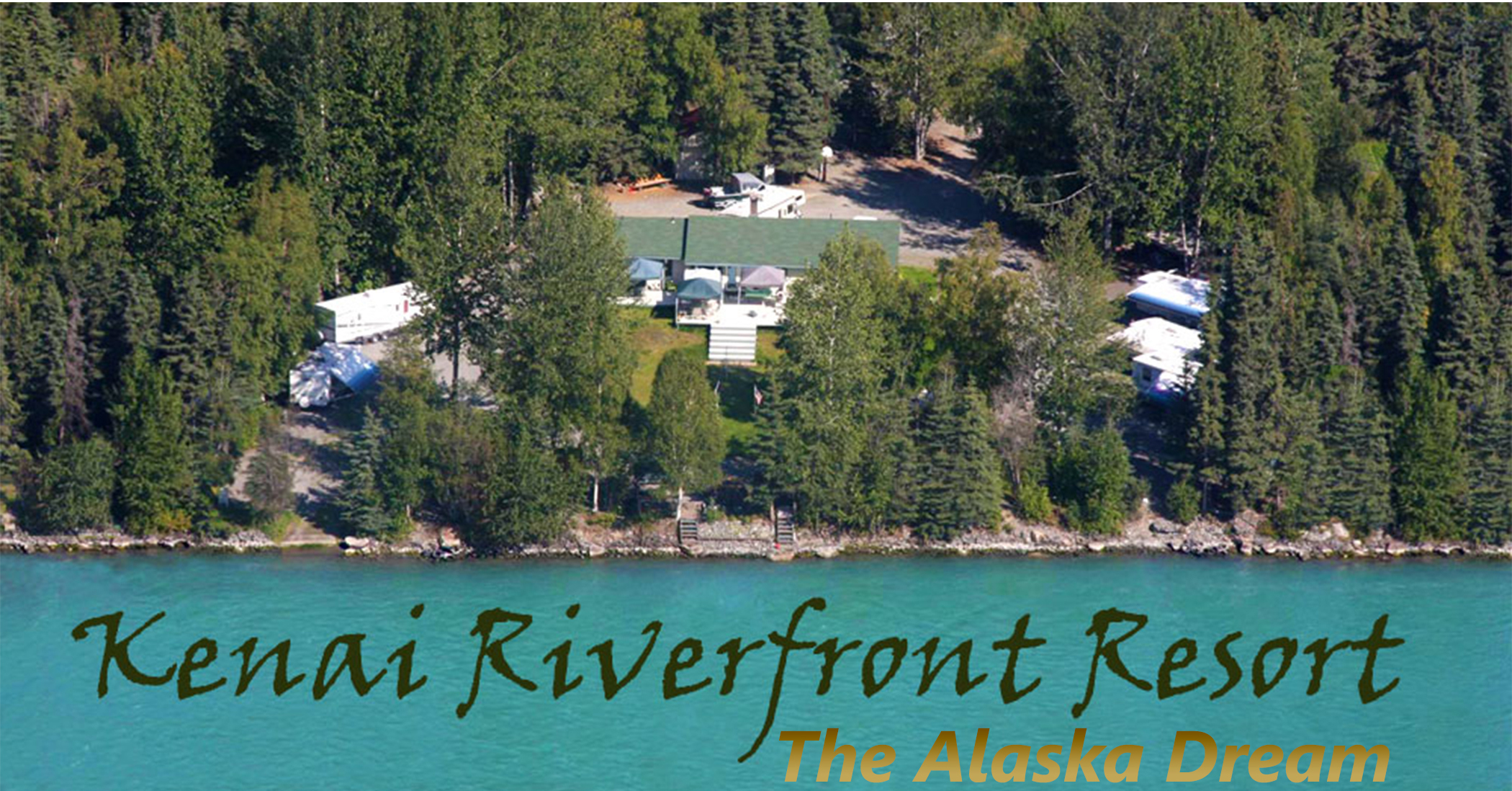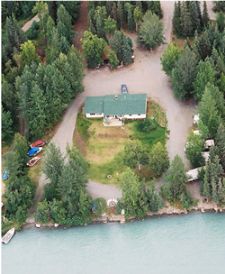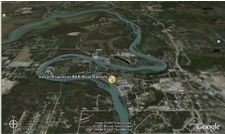The sockeye salmon (Oncorhynchus nerka), often referred to as "red" or "blueback" salmon, occurs in the North Pacific and Arctic oceans and associated freshwater systems. This species ranges south as far as the Klamath River in California and northern Hokkaido in Japan, to as far north as far as Bathurst Inlet in the Canadian Arctic and the Anadyr River in Siberia. Aboriginal people considered sockeye salmon to be an important food source and either ate them fresh or dried them for winter use. Today sockeye salmon support one of the most important commercial fisheries on the Pacific coast of North America, are increasingly sought after in recreational fisheries, and remain an important mainstay of many subsistence users.
General description: Sockeye salmon can be distinguished from Chinook, coho, and pink salmon by the lack of large, black spots and from chum salmon by the number and shape of gill rakers on the first gill arch. Sockeye salmon have 28 to 40 long, slender, rough or serrated closely set rakers on the first arch. Chum salmon have 19 to 26 short, stout, smooth rakers.
Immature and prespawning sockeye salmon are elongate, fusiform, and somewhat laterally compressed. They are metallic green blue on the back and top of the head, iridescent silver on the sides, and white or silvery on the belly. Some fine black speckling may occur on the back, but large spots are absent. Juveniles, while in fresh water, have the same general coloration as immature sockeye salmon in the ocean, but are less iridescent. Juveniles also have dark, oval parr marks on their sides. These parr marks are short-less than the diameter of the eye-and rarely extend below the lateral line.
Breeding males develop a humped back and elongated, hooked jaws filled with sharp caniniform teeth. Both sexes turn brilliant to dark red on the back and sides, pale to olive-green on the head and upper jaw, and white on the lower jaw.
Life history: Sockeye salmon are anadromous: they live in the sea and enter freshwater systems to spawn. After hatching, juvenile sockeye salmon may spend up to four years in fresh water before migrating to sea as silvery smolt weighing only a few ounces. They grow quickly in the sea, usually reaching a size of 4 to 8 pounds after one to four years. Mature sockeye salmon travel thousands of miles from ocean feeding areas to spawn in the same freshwater system where they were born. Little is known about the navigation mechanisms or cues they use on the high seas, although some evidence suggests that they may be able to use cues from the earth's magnetic field. Once near their natal freshwater system, sockeye salmon use olfactory cues to guide them home. Like all Pacific salmon, sockeye salmon die within a few weeks after spawning.
Maturing sockeye salmon return to freshwater systems from the ocean during the summer months, and most populations show little variation in their arrival time on the spawning grounds from year to year. Freshwater systems with lakes produce the greatest number of sockeye salmon. Spawning usually occurs in rivers, streams, and upwelling areas along lake beaches. The female selects the spawning site, digs a nest (redd) with her tail, and deposits eggs in the downstream portion of the redd as one or more males swim beside her and fertilize the eggs as they are extruded. After each spawning act, the female covers the eggs by dislodging gravel at the upstream end of the redd with her tail. A female usually deposits about five batches of eggs in a redd. Depending upon her size, a female produces from 2,000 to 4,500 eggs.
Eggs hatch during the winter, and the young sac-fry, or alevins, remain in the gravel, living off the material stored in their yolk sacs, until early spring. At this time they emerge from the gravel as fry and move into rearing areas. In systems with lakes, juveniles usually spend one to three years in fresh water before migrating to the ocean in the spring as smolts. However, in systems without lakes, many juveniles migrate to the ocean soon after emerging from the gravel.
Sockeye salmon return to their natal stream to spawn after spending one to four years in the ocean. Mature sockeye salmon that have spent only one year in the ocean are called jacks and are, almost without exception, males. Once in the ocean, sockeye salmon grow quickly. While returning adults usually weigh between 4 and 8 pounds, weights in excess of 15 pounds have been reported.
In some areas, populations of sockeye salmon remain in fresh water all their lives. This landlocked form of sockeye salmon, called "kokanee," reaches a much smaller maximum size than the anadromous form and rarely grows to be over 14 inches long.
Food habits: While in fresh water, juvenile sockeye salmon feed mainly upon zooplankton (such as ostracods, cladocerans, and copepods), benthic amphipods, and insects. In the ocean, sockeye salmon continue to feed upon zooplankton (such as copepods, euphausids, ostracods, and crustacean larvae), but also prey upon larval and small adult fishes (such as sand lance), and occasionally squid.
Fisheries: The largest harvest of sockeye salmon in the world occurs in the Bristol Bay area of southwestern Alaska where 10 million to more than 30 million sockeye salmon may be caught each year during a short, intensive fishery lasting only a few weeks. Relatively large harvests of 1 million to 6 million sockeye salmon are also taken in Cook Inlet, Prince William Sound, and Chignik Lagoon. All commercial Pacific salmon fisheries in Alaska are under a limited entry system which restricts the number of vessels allowed to participate. Most sockeye salmon are harvested with gillnets either drifted from a vessel or set with one end on the shore, some are captured with purse seines, and a relatively small number are caught with troll gear in the southeastern portion of the state.
Sockeye salmon are the preferred species for canning due to the rich orange-red color of their flesh. Today, however, more than half of the sockeye salmon catch is sold frozen rather than canned. Canned sockeye salmon is marketed primarily in the United Kingdom and the United States while most frozen sockeye salmon is purchased by Japan. Sockeye salmon roe is also valuable. It is salted and marketed in Japan.
There is also a growing sport fishery for sockeye salmon throughout the state. Probably the best known sport fishery with the greatest participation occurs during the return of sockeye salmon to the Russian River on the Kenai Peninsula. Other popular areas include the Kasilof River on the Kenai Peninsula as well as the various river systems within Bristol Bay.
Subsistence users harvest sockeye salmon in many areas of the state. The greatest subsistence harvest of sockeye salmon probably occurs in the Bristol Bay area where participants use set gillnets. In other areas of the state, sockeye salmon may be taken for subsistence use in fishwheels. Most of the subsistence harvest consists of prespawning sockeye salmon, but a relatively small number of postspawning sockeye salmon are also taken. Personal use fisheries have also been established to make use of any sockeye salmon surplus to spawning needs, subsistence uses, and commercial and sport harvests. Personal use fisheries have occurred in Bristol Bay, where participants use set gillnets, as well as in Cook Inlet and Prince William Sound, where participants also use dip nets.
While most sockeye salmon production in Alaska results from the spawning of wild populations, some runs have been developed or enhanced through human effort. Although artificial propagation of sockeye salmon has proven difficult, notable success has been achieved at state-maintained hatcheries located on the upper Copper River in Prince William Sound and the Kasilof River on the Kenai Peninsula. A fish ladder installed on the Fraser River on Kodiak Island has also served to enhance sockeye salmon returns.






